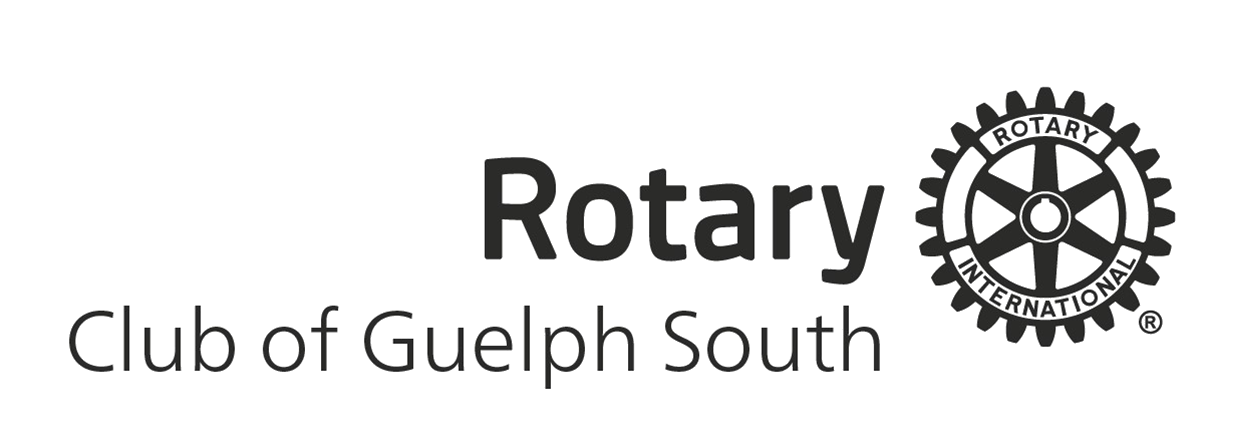
In November 2023 "Community Action for Fresh Water" was established as the new name of the Rotary International-United Nations Environment Program initiative, and it was formally launched on January 10th 2024 at the Rotary International Assembly. The new initiative was launched, in part as a response to Rotary International introducing "Supporting the Environment" as its newest area of focus in 2022. Healthy freshwater systems are vital for flourishing and vibrant societies, but these systems are threatened by climate change, nature and biodiversity loss, and pollution. Rotary members around the world have already been active in protecting and restoring freshwater ecosystems.
Through this initiative, Rotary and Rotaract members work with their local communities and partners to protect, restore, and sustain freshwater ecosystems in alignment with the “Supporting the Environment” area of focus.
Rotary and Rotaract clubs, either individually or in groups, can decide to make a commitment to protect, restore, and sustain a local river, lake, estuary, natural reservoir, or wetlands area. Then, clubs can work with other community groups and residents to determine any major threats the body of water is facing and develop a plan of action in coordination with relevant local groups.
Rotary and Rotaract clubs, either individually or in groups, can decide to make a commitment to protect, restore, and sustain a local river, lake, estuary, natural reservoir, or wetlands area. Then, clubs can work with other community groups and residents to determine any major threats the body of water is facing and develop a plan of action in coordination with relevant local groups.
One example of a local group is “Friends of Mill Creek” a volunteer-based not for profit organization that focuses on the protection and enhancement of Mill Creek, an important cold water stream that has its headwaters in, and travels through, Puslinch Township. Don McKay, President of Friends of Mill Creek, spoke to our club on March 28th about the work it has been doing since it was formed in 1997. The Mill Creek sub-watershed has a variety of land uses such as urban and rural residential areas, resource extraction, industrial uses, and agriculture. As development increased between the 1950’s and 80’s, the impacts played a significant role on the health of the sub-watershed. The Ontario Ministry of Natural Resources and Forestry, and the GRCA conducted stream restoration efforts as early as 1983, however by the mid 90’s these labor-intensive restoration efforts became too costly to continue under government funding. By 1996 a sub-watershed study was completed for governing bodies to use as a guide for future development within the area.
A strong public interest in the health of Mill Creek lead to the formation of the Friends of Mill Creek (FOMC) in 1997. It remains a group of local leaders from municipal, university, private industry and non-governmental sectors as well as concerned citizens. The FOMC are the reason restoration efforts on Mill Creek continued and are responsible for the creation of the first Mill Creek Stewardship Ranger Crew (MCSRC) in 2003. Modeled after the Ontario Ministry of Natural Resources Ranger Program, the MCSRC is composed of 4 local high school students supervised by a leader trained in the environmental field. They spend their summer conducting various restoration efforts throughout the Mill Creek-sub watershed, but also gain insight into the environmental field through enrichment opportunities. Since 2003 there has been a new MCSRC every summer except for a short hiatus between 2020-2021, due to the COVID-19 pandemic.
At the end of each season the crew leader provides a comprehensive written report of their activities over the summer months, a copy of the 2023 report is available here https://www.crsadmin.com/gen/documents/DocDownloadHandler.aspx?id=037f2f2d-e776-4c08-90ae-85848d675558
The mission of Friends of Mill Creek and the “Mill Creek Rangers” program are very much consistent with Areas of Focus – specifically Environment and Youth, as well as Vocational Service - that we as Rotarians support.
